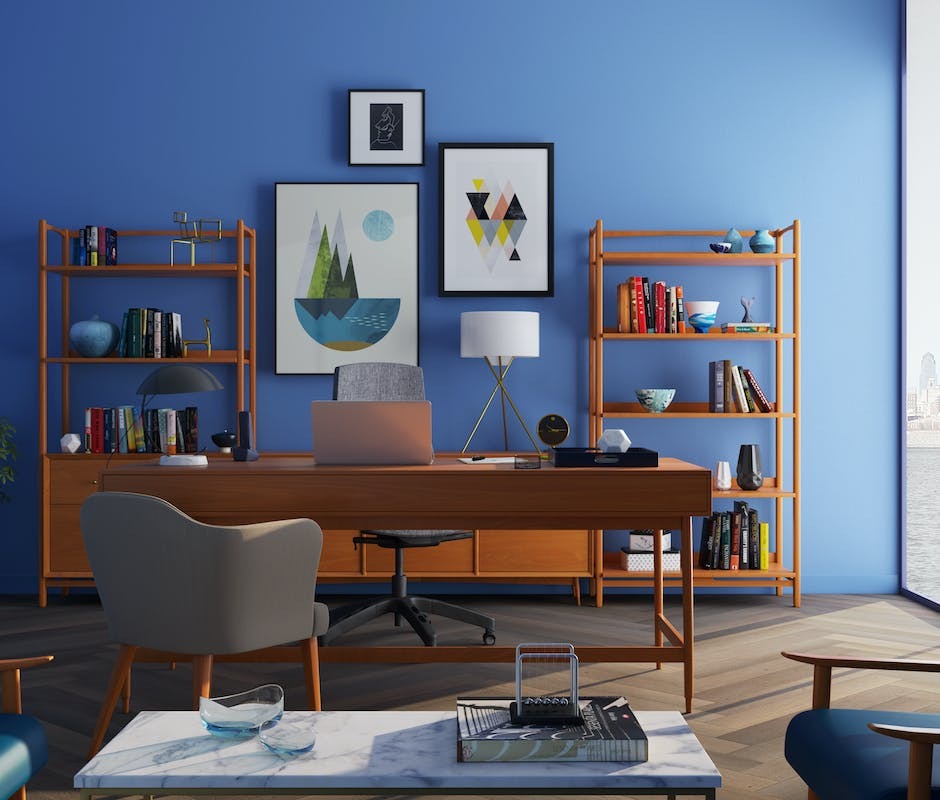Design a Greener Living Space Using the Concepts of Sustainable Interior Design
Firstly, start by assessing the state of the space you’re working with. Take stock of what supplies, furniture, and decor you have and what needs to be replaced. This is a great opportunity to start with a clean slate. As you analyze what could potentially be upcycled and repurposed to save resources, begin to think about sustainable materials for replacing any missing items.
Secondly, look for energy-saving features to incorporate into your overall design. Replacing old lighting fixtures with more efficient LED options, heavily insulated windows, and well-sealed doors all reduce energy usage and create a cozier living space. Increasing the efficiency of your living area by changing these components can save money in the long run while making the space more aesthetically pleasing at the same time.
Thirdly, start to bring in sustainable furnishings into the space. Utilize organic cotton, hemp, and bamboo instead of synthetic materials when selecting items such as bedding, towels, curtains, and rugs. This is a great way to make the living environment much healthier.
Finally, evaluate the existing paint and flooring of the space. Identifying which features can be kept and which need to be replaced with sustainable materials such as reclaimed wood, natural linoleum, and VOC-free paint will make the renovation process much smoother.
Reusing
Reusing pieces you already have not only eliminates the need to purchase new items, but it can also add a unique style to your decor. Why not repurpose an old dresser as a media console, or refinish an old nightstand as a bedside table? Doing things like this can help you reduce your consumption significantly.
Replacing
Replacing outdated fixtures and appliances can benefit the environment and your wallet in the long run. Look for certifications that reward energy-saving components such as the EPA’s Energy Star. Doing this can drastically reduce the amount of energy consumed in your space.
Recycling
By recycling, you can give perfectly good items a second life. A great place to start is to donate unfinished furniture, appliances, and building materials that are still in good condition. This not only saves resources, but it gives those in need access to great items they might not be able to purchase otherwise.
Sustainable Materials
Look for alternatives to the traditional materials that are used for furnishings. Consider sustainable woods such as birch, cedar, or poplar, instead of the usual mahogany or oak. You can also opt for eco-friendly fabrics made from recycled plastic and organic materials.
Energy-Saving Features
Investing in energy-saving fixtures can help you save big while going green. Switch to low-flow fixtures such as showerheads and faucets to reduce water consumption, install programmable thermostats to conserve energy, and incorporate insulation in the walls and attic for improved energy efficiency.

